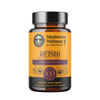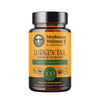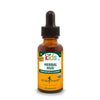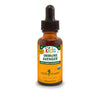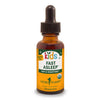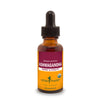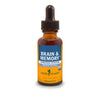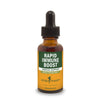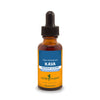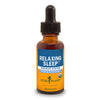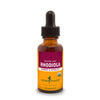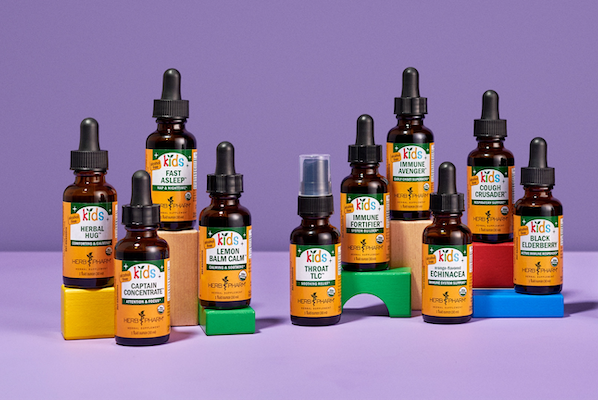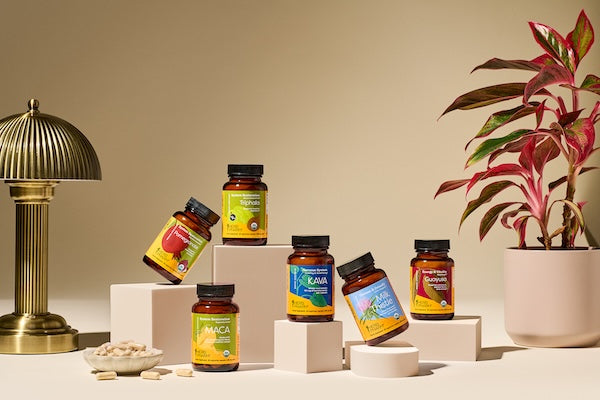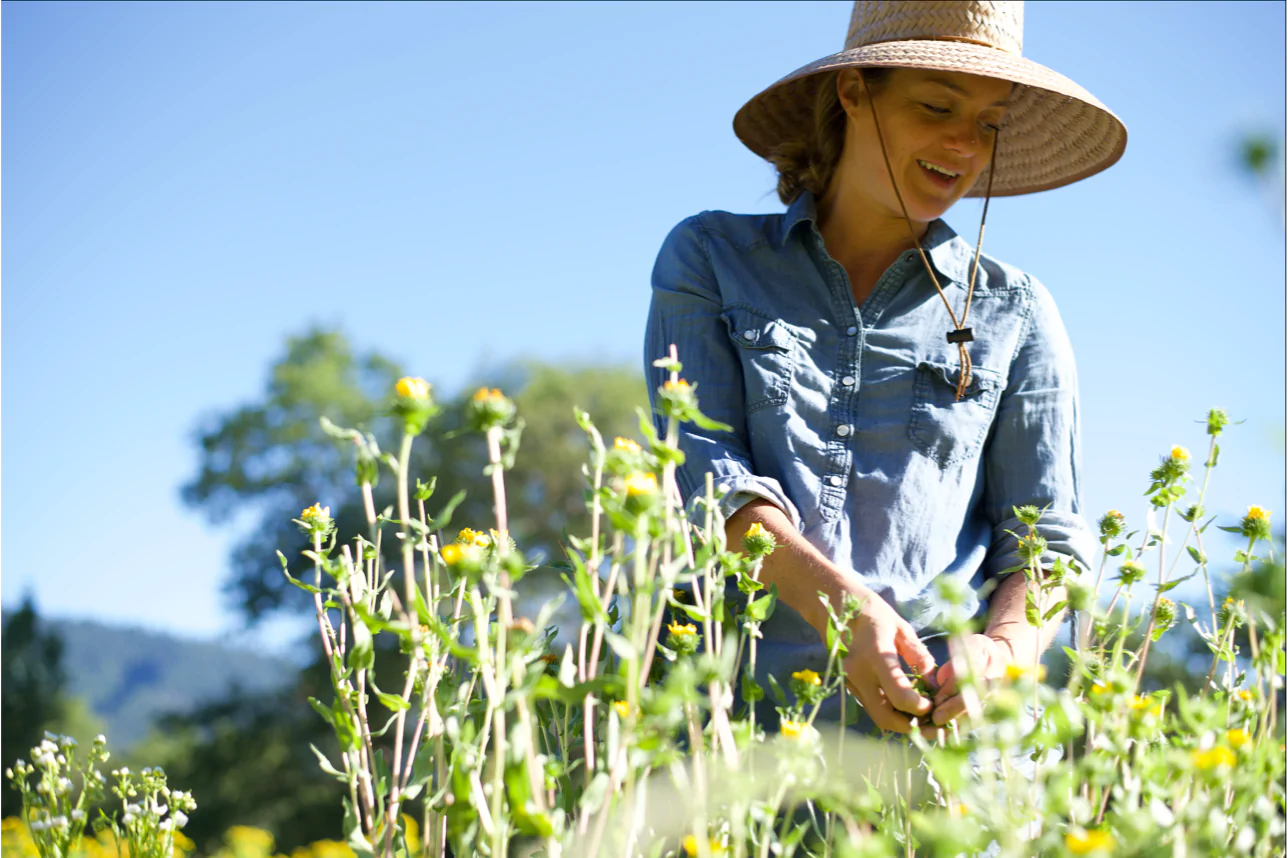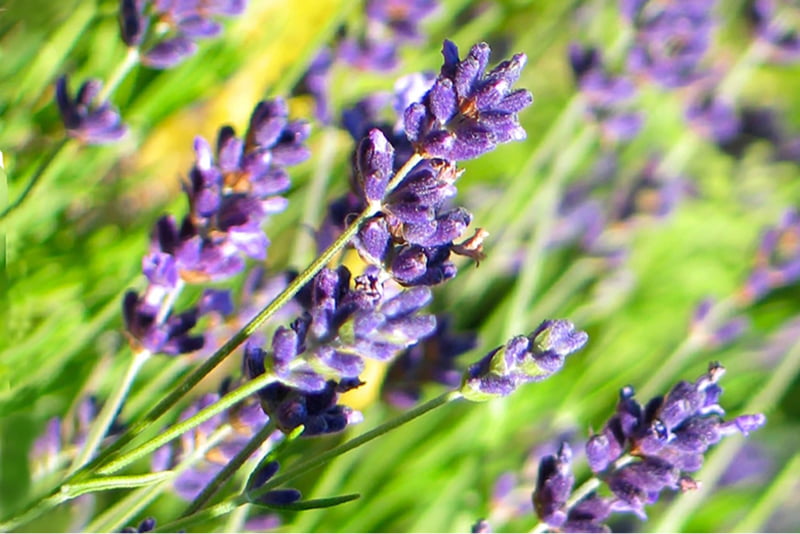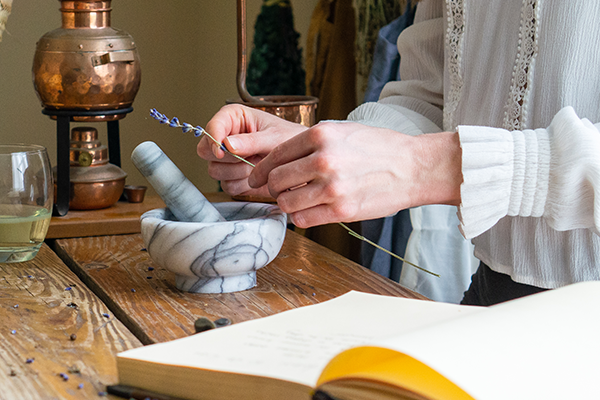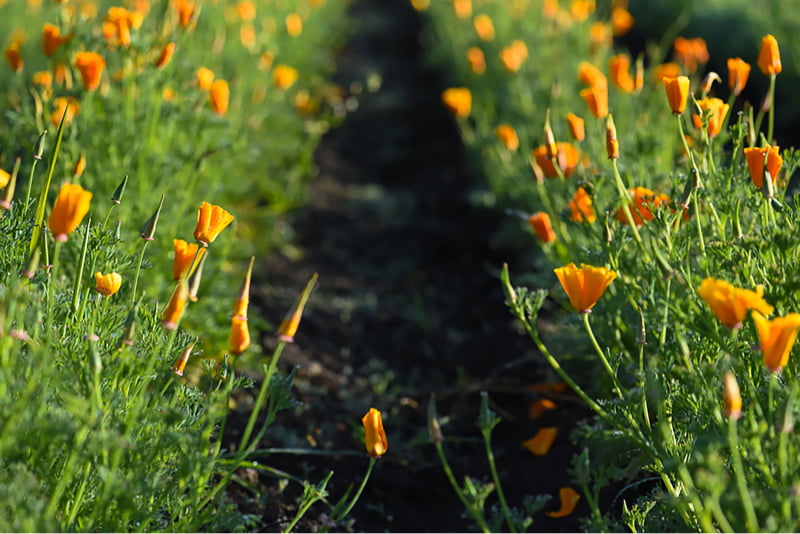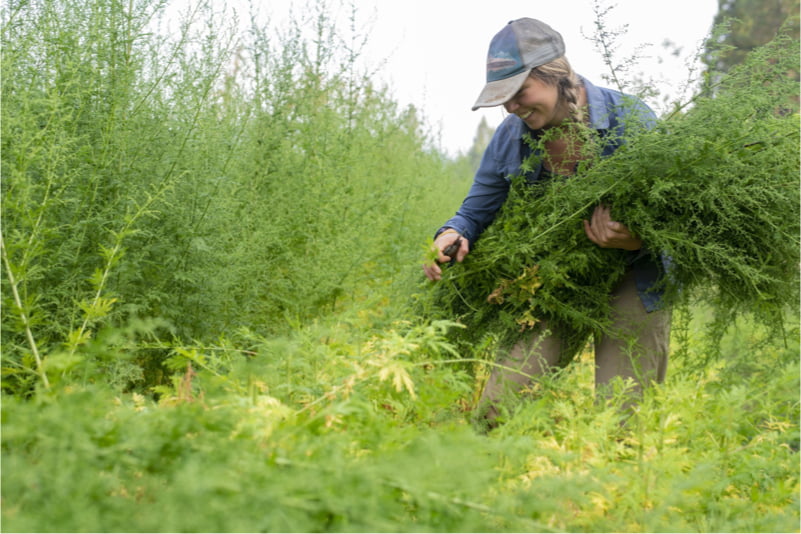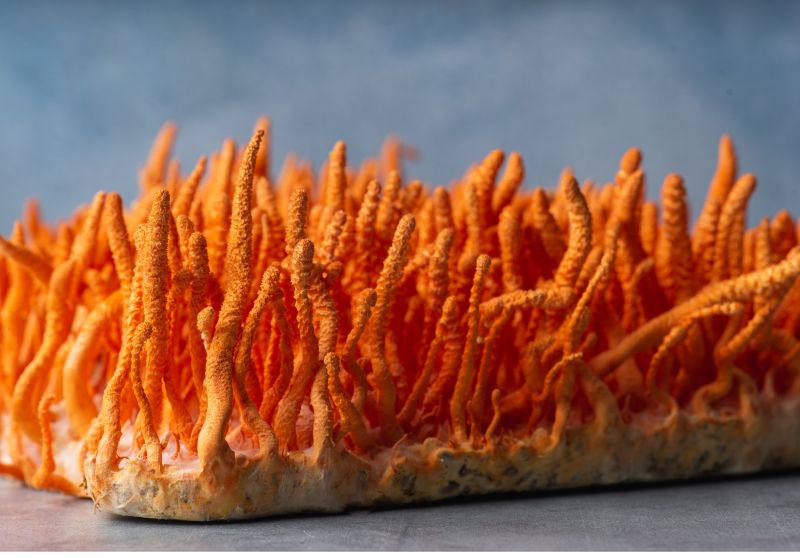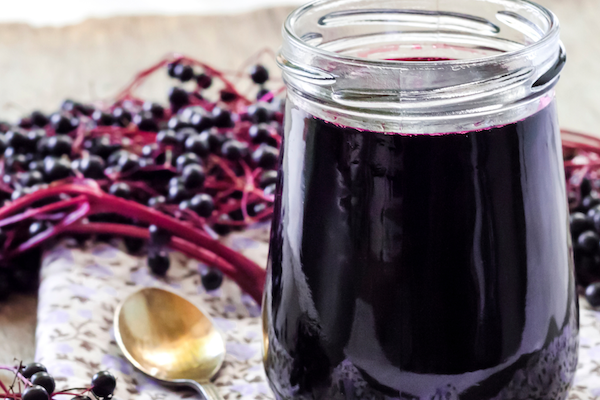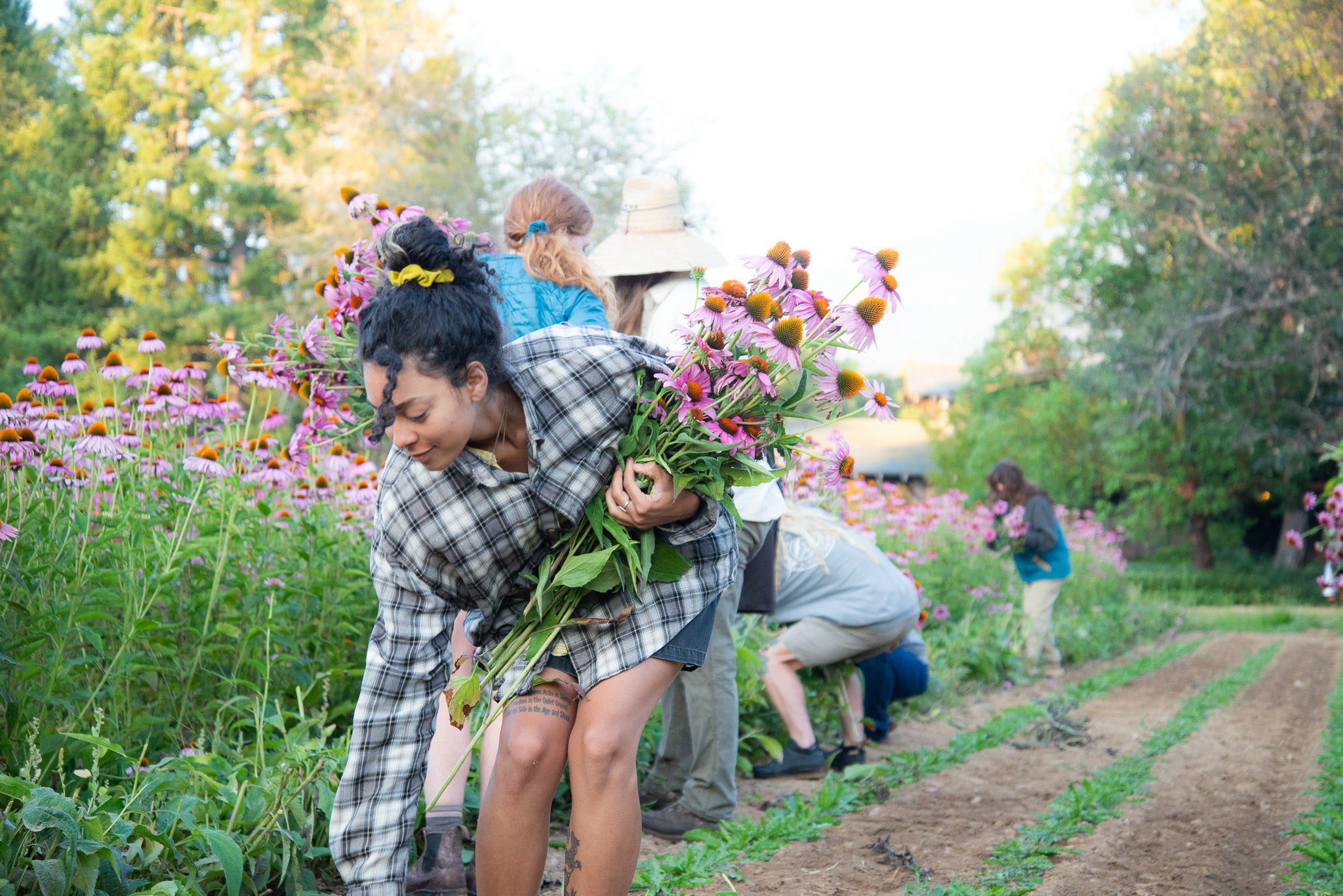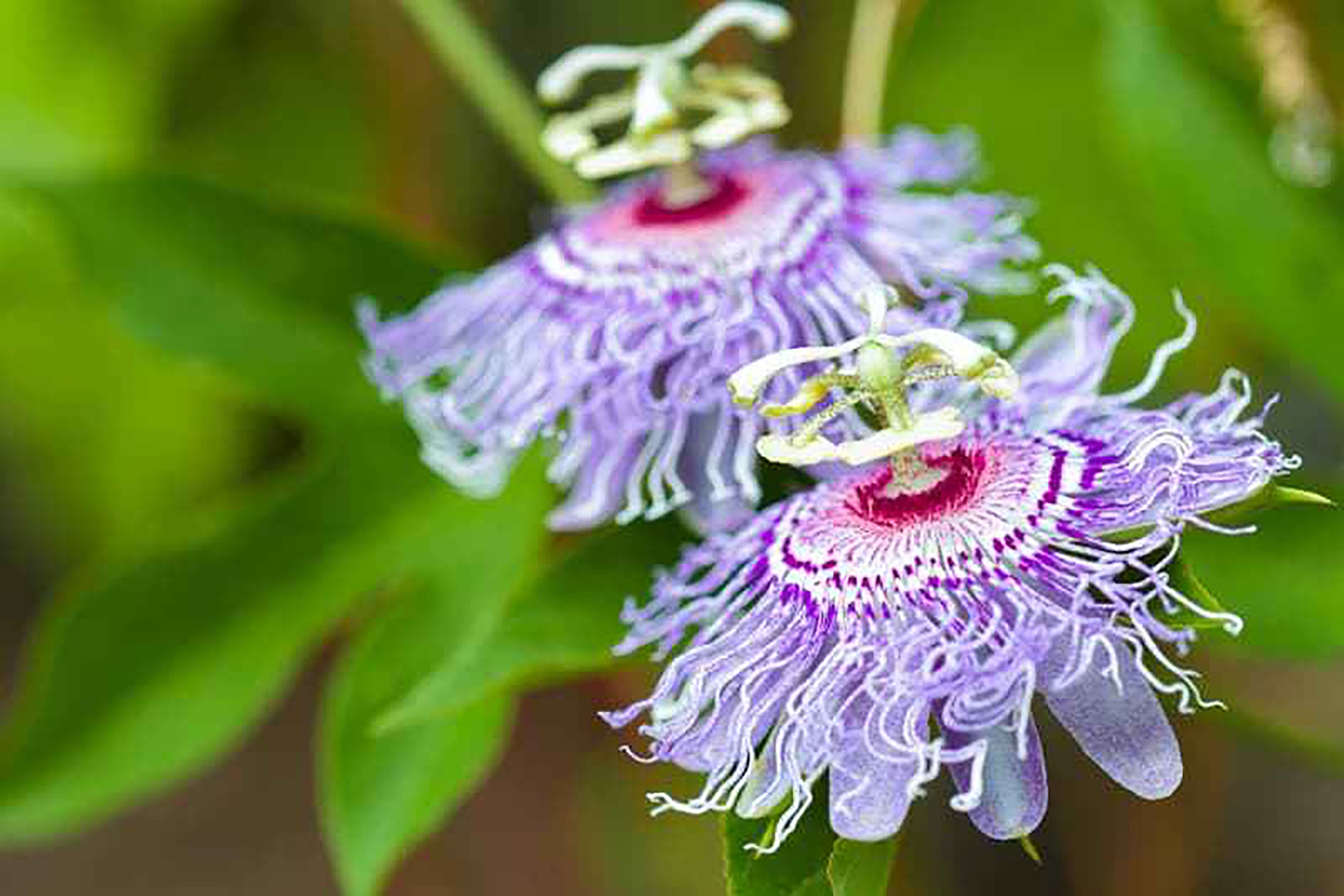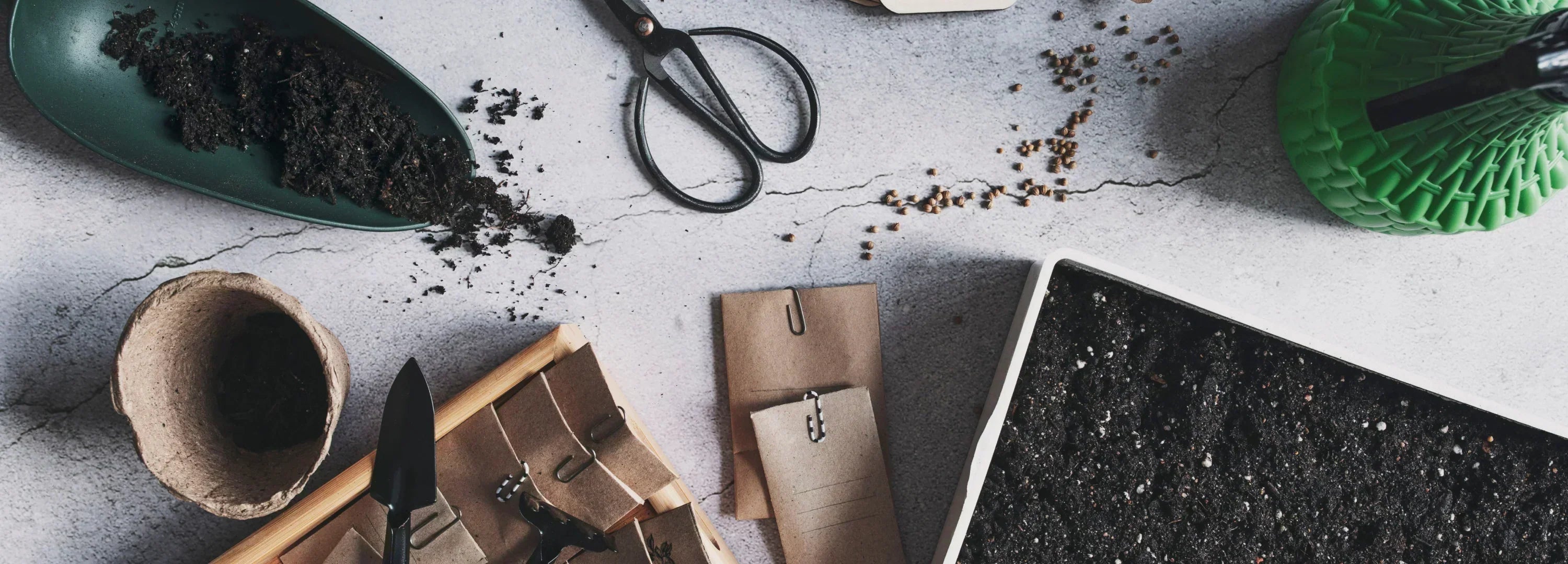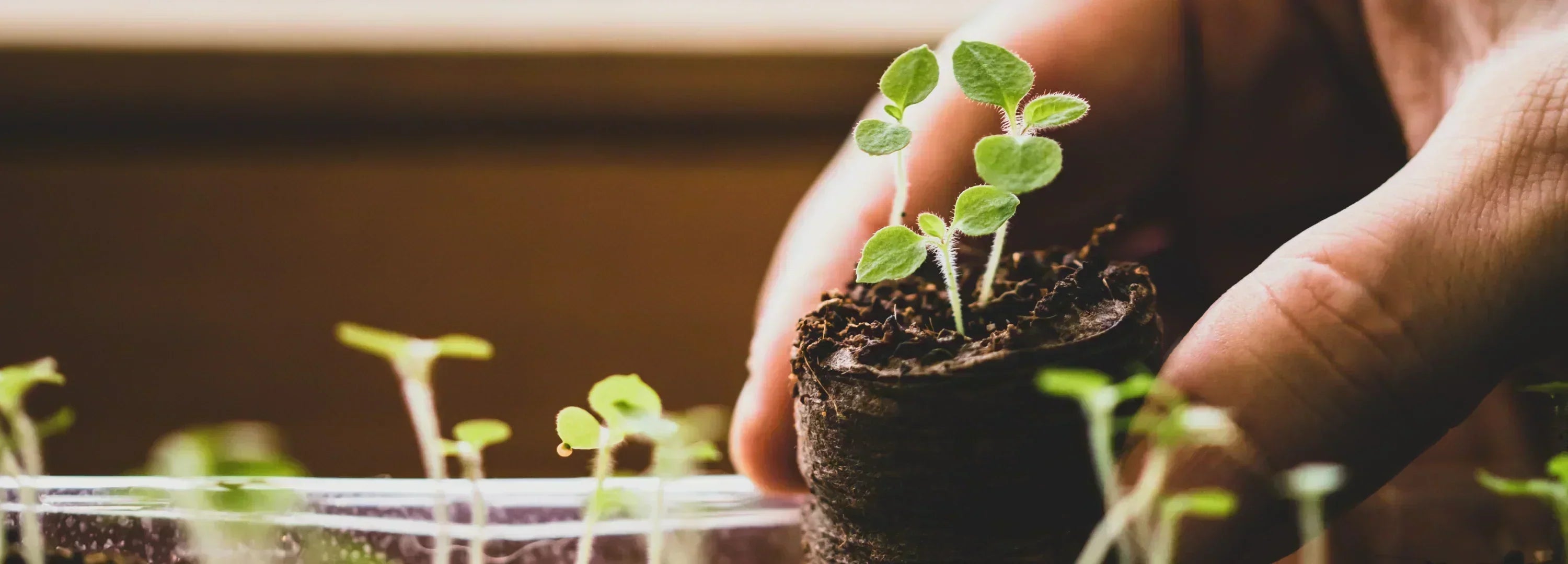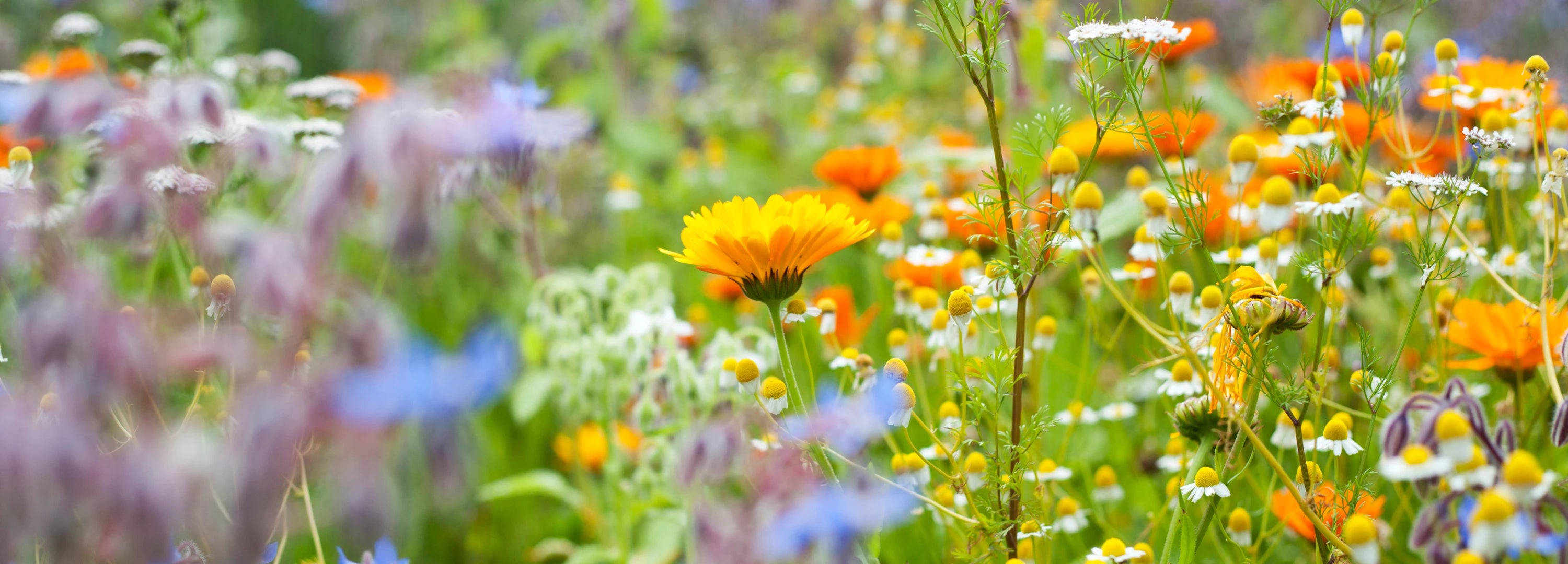
Growing Herbs at HomeMay 3, 2024
6 Easy-to-Grow Herbs for Your Garden
Cultivating your own plants is the best way to learn about and connect with herbs. Grow it, draw it, smell
it, try it fresh or dried, feel it, and experience it! These are 6 easy-to-grow herbs to plant in your
garden or in containers. These plants all serendipitously happen to be aromatic herbs with strong scents and
flavors that are also pollinator approved. It’ll have you enjoying a leisurely evening stroll through the
buzzing and fragrant garden.
Calendula
Also called Pot Marigold, this plant is commonly found in herbal gardens. Calendula is a sticky
and resinous herb that has bright orange and yellow flowers that bring sunshine into your life
just by looking at it, even if the sun isn’t around. The unique curly seeds are easy to start
indoors or outside, and readily reproduces outdoors annually for a lifetime of blooms. And it’s
a good thing, because the petals are edible and really jazz up your salads. The petals are also
commonly used as a natural dye for fabrics and the flower heads are often included in skincare
products.
-
Botanical Name: Calendula officinalis
-
Common Name(s): Calendula, Pot Marigold, Marigold
-
Plant Family: Asteraceae or Daisy family
-
Native Habitat: Southern Europe
-
Parts Used: Flower
-
Use(s): Traditional support for the immune system.*
-
Flavor Profile: Bitter and slightly musky
-
Found In: Calendula, Fung Freedom™, Trauma
Drops™
Chamomile
Walking into your garden and getting a whiff of that sweet, relaxing Chamomile scent is a game
changer! This bunchy plant can easily create a meadow, giving those English garden vibes in your
beds or in larger containers. It has tiny daisy flowers, feathery leaves you’ll want to run your
fingers over, and an Apple-like flavor for your teas. Chamomile is also used in herbalism as an
essential oil. It’s color is surprisingly dark blue due to its phytochemical make-up containing
chamazulene, which is also in Wormwood (Artemisia absinthium) and Yarrow (Achillea
millefolium). While both German Chamomile and Roman Chamomile (Chamaemelum
nobile) are used in herbalism, we are referring to the German variety.*
-
Botanical Name: Matricaria chamomilla syn. recutita
-
Common Name(s): Chamomile, German Chamomile, Hungarian Chamomile
-
Plant Family: Asteraceae or Daisy family
-
Native Habitat: Europe, Britain, West Asia, Himalayas
-
Parts Used: Flower
-
Use(s): Calming support of the nervous system.*
-
Flavor Profile: Aromatic, bittersweet
-
Found In: Chamomile, Herbs on the Go: Bed Time™, Inflamma Response™, Intestinal Soother™, Kids Fast Asleep™, Kids Tummy TLC™, Relaxing Sleep™
Garlic
Did you know that this spicy culinary herb is used in herbalism? It’s fun to plant as each clove
turns into its own bulb! Plant in the fall or early spring, depending on your location and
desired harvest time. Grab a whole bulb from your favorite nursery or seed company, and gently
break off each individual clove like you would for cooking. Push them a couple inches into the
soil with the thicker end or side closest to the roots of the bulb on the bottom.
Before harvesting the bulbs in the mid to late summer, if you choose hardneck varieties, enjoy
the curly scapes in early summer. You can cook them or let them flower for a stunning globe-like
purple flowers, but cutting the scape off when curled encourages larger bulbs. In a pinch,
grocery store Garlic can work too, but those are usually softneck varieties without scapes, that
store longer and have more, but smaller cloves.
-
Botanical Name: Allium sativum
-
Common Name(s): Garlic
-
Plant Family: Amaryllidaceae or Amaryllis family
-
Native Habitat: Central Asia
-
Parts Used: Bulb
-
Use(s): Helps maintain normal, established cholesterol levels.*
-
Flavor Profile: Very pungent, aromatic, bitter
-
Found In: Garlic
Lemon Balm
Every herbalist, budding or not, needs some vibrant green Lemon Balm in their garden! It lives up
to its name with its pleasing lemony scent and flavor. In the Mint family, this herb similarly
grows in a bushy shape and is strongly aromatic. Like Calendula, once you grow this plant, it’ll
never leave your garden (and your herbal toolkit). If you harvest it just before flowering,
you’ll be lucky to get a second harvest later in the season but this generous plant is so
prolific, you probably won’t need one!
-
Botanical Name: Melissa officinalis
-
Common Name(s): Lemon Balm, Balm, Bee Balm, Melissa, Melissa Balm
-
Plant Family: Lamiaceae or Mint family
-
Native Habitat: Central & Southern Europe, East to West Asia, North Africa,
naturalized in Britain
-
Parts Used: Aerial parts
-
Use(s): Nerve-soothing support for hectic days and busy minds.*
-
Flavor Profile: Very lemony, slightly sour, slightly bitter
-
Found In: Lemon Balm, Lemon Balm, Alcohol-Free, Better Bitters™: Absinthium, Herbs on the Go: Anxious Moment™, Herbs on the Go: Bed Time™, Herbs on the Go: Daily Calming
Spray™, Kids Captain Concentrate,
Kids Fast Asleep™, Kids Lemon Balm Calm™, Kids Tummy TLC™, Thyroid Calming™, Vi-Be-Gone™
Peppermint
We all know this one! Did you know this herb is a hybrid cross, noted by the “x” in the botanical
name, between Spearmint and Water Mint varieties? Because of the different phytochemical makeup,
Peppermint has a spicier (hence the “Pepper” in its name), more cooling flavor than sweeter
Spearmint. To distinguish it from Spearmint, the Peppermint leaves are generally darker green
with reddish veins. Its roots notoriously spread by rhizomes, so it’s commonly advised to plant
this quick-growing one in a pot.
Yarrow
At up to 3.5 ft high, Yarrow is the tallest growing of the herbs listed. This plant tends to
creep in the soil, so much that some even use this plant as a groundcover to replace lawns
because it rapidly spreads by rhizome like Peppermint. To keep it on the downlow, it can easily
be maintained with a lawnmower. If you choose to let it do its thing, you can enjoy its
multitude of tiny white flowers grouped into what looks like one big flower and its herbaceous
scent. It gets its species name millefolium, from its “millions of leaves” that almost
look like tiny feathers or ferns. It and other varieties are also commonly used in floral
arranging.
-
Botanical Name: Achillea millefolium
-
Common Name(s): Yarrow, Milfoil, Plumajillo
-
Plant Family: Asteraceae or Daisy family
-
Native Habitat: Europe, Britain, Eastern to Western Asia
-
Parts Used: Flowering top
-
Use(s): Yarrow is in our Optimal Well-Being category.*
-
Flavor Profile: Intensely aromatic, bitter
-
Found In: Yarrow, Pollen Defense™, Rapid Immune Boost™
